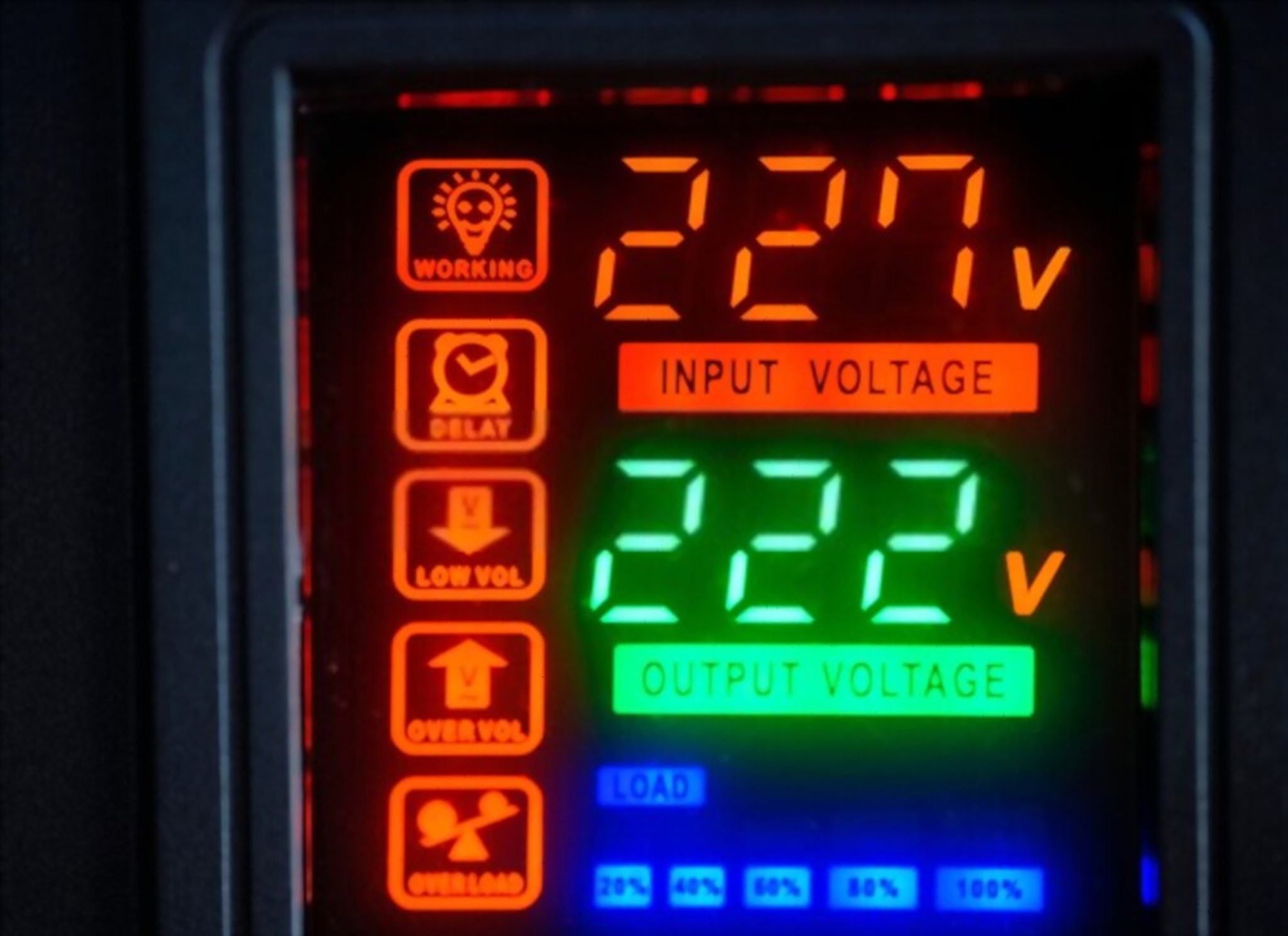Power factor correction is a technique used to increase the power factor of a power supply. Switch-mode power supplies without reactive power compensation draw current in short, high-intensity pulses. Active or passive techniques can soften these impulses. This reduces the effective input current and apparent input power, which increases the power factor.
Power factor correction shapes the input current to maximize the true power of the AC source. The entire act of increasing the power supply to a particular network or an electrical source is important here, as a steady and constant flow of power means there is no disruption in the entire power structure.
Power Factor Basics:
Power quality is essential for efficient device operation, and the power factor contributes to this. Power factor is the measure of how efficiently incoming electricity is used in an electrical installation. There is always a need for a parity between the current flow and the voltage and depending on that, you can go for the techniques of correction. Otherwise, if there is a power lag, then it can give rise to major problems. Only a trained engineers and then an electrician for household or commercial purposes, can understand these details.
Power Factor Correction Methods
There are two common types of power factor correction for power supplies;
The first is called the passive form of power factor correction that includes power consumption and wattage-like factors. The correction method uses a harmonic low-pass filter on the AC input, with the capacitor and inductance forming a series resonant circuit. Components can be relatively small while still providing economical and efficient power factor correction.
Passive, reactive power factor correction is simple, robust, and reliable for lower power requirements. Also, they do not generate EMI. However, due to the inductor, they are large and heavy.
Advantages
- Economical
- Efficient
- Simple
- construction
Disadvantages
- Heavy and large
- No voltage regulation
- Limited input voltage range
Active power factor correction
Active PFC methods are preferred for power supply greater than 100 W. This procedure provides a more effective correction, is lighter and less bulky. This ensures automatic correction of the AC input voltage, resulting in a theoretical power factor greater than 0.95. Unlike passive PFC, active PFC operates over a wide input voltage range. However, it requires additional components, which makes it more complex and expensive.
However, when you go for this type of power correction, you can be assured of the following factors to be considered:
- It is a complex process to be done by trained professionals
- Higher costs involved
- Requires more filtering due to the high frequencies that can enter the line
Components are designed for higher voltages than passive PFC.
The advantages of reactive power compensation
- Savings in electricity bills: reactive power compensation eliminates penalties for reactive energy, reduces the kVA requirement, and reduces power losses generated in the transformers and conductors of the system.
- Higher available power: the installation of PFC devices on the low voltage side increases the available power on the secondary side of an MV / LV transformer.
- Reduced installation size: The conductor cross-section can be reduced by installing PFC devices since the compensated installation consumes less current with the same active power.
- Reduced voltage drops: By installing capacitors, voltage drops in front of the connection point of the PFC device can be reduced, thus avoiding a network overload and reducing harmonics.
Conclusion:
Power factor correction can be determined from impedance value. The low power factor of the electrical load in the power distribution system can be corrected by using a shunt capacitor with the correct capacitance value installed in the circuit.

 Jack
Jack









